Colour in the archives –Preserving British cinema’s rich heritage of colour film
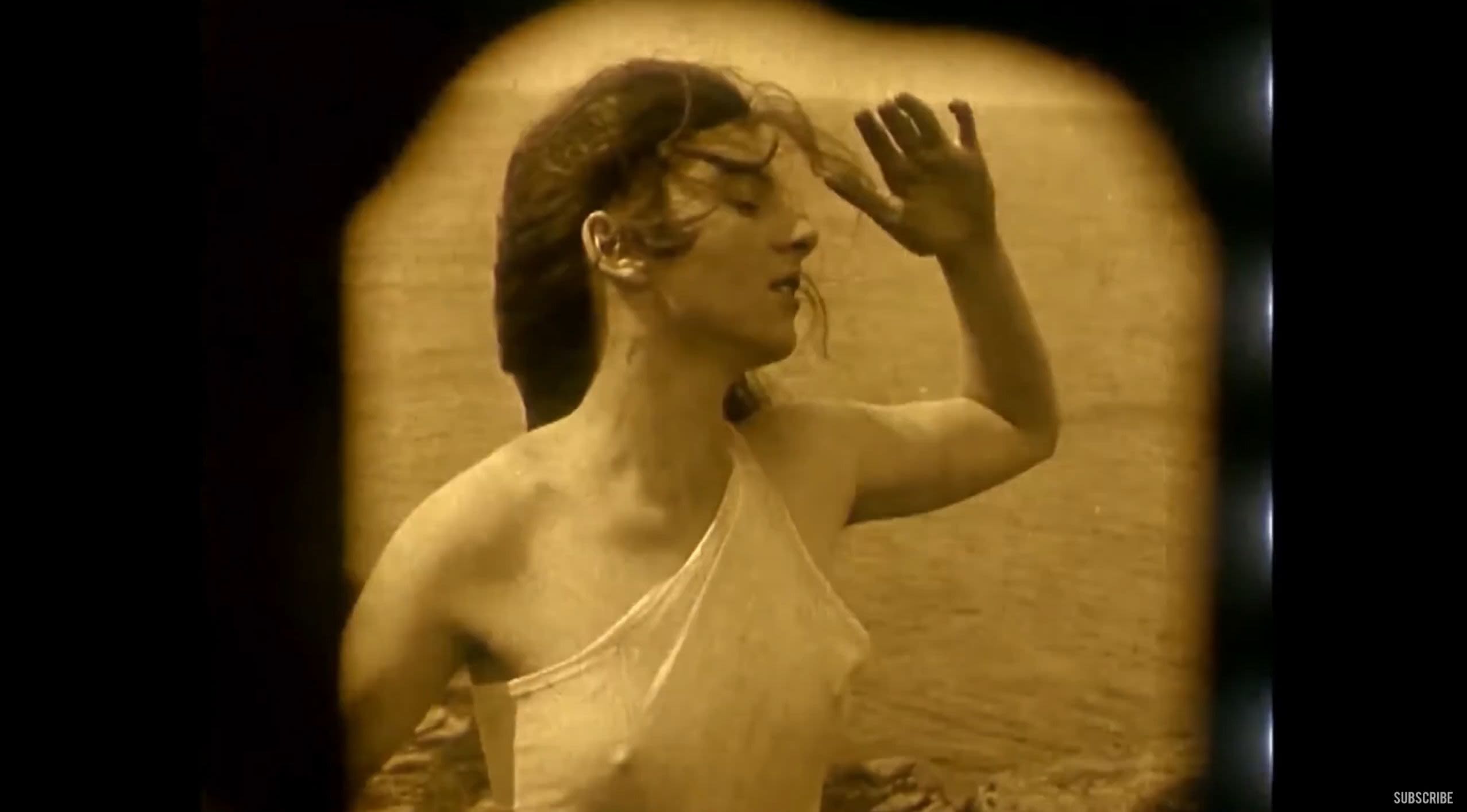
Professor Sarah Street’s Arts and Humanities Research Council (AHRC) - and Leverhulme-funded research has increased understanding of the preservation of colour films and expanded their presentation to today’s audiences. Her research has led to the safeguarding of colour film as a crucially important aspect of moving image heritage, inspiring film professionals, the public, and visual artists alike.

Preserving colour film heritage in the UK and abroad
Professor Street’s 2012 monograph Colour Films in Britain highlighted the importance in film history of This is Colour, a 1942 Technicolor short film. The British Film Institute restored and exhibited the film at the 2016 London Film Festival, with the BFI’s Film Conservation Manager stating that Street’s research provided invaluable context for increasing knowledge and understanding of Britain’s colour film heritage.
“It’s not only because it’s great to look at that this restoration makes such a fine climax to the programme. It’s also because it takes colour theory itself, and its application to the material world around us, as its very subject and method. Its integration of function, form and content sheds telling light – light of various hues, of course – on several broader topics in film history.”
In 2015, Professor Street’s team co-organised a conference with Amsterdam’s Eye Filmmuseum, which showcased research highlighting the urgent conservation needs of colour films. Eye’s Head Curator notes the conference’s ‘remarkable impact’ on the international film archival community through the creation of a platform for international debate, a new publication: The Colour Fantastic (Amsterdam, 2018), and a rise in colour film programming.
Her research has also influenced distributor Studio Canal to prepare a new restoration and Blu-ray release (2019) of Don’t Look Now, a prestigious film in their collection signalled by its specialised 4K Ultra-High-Definition restoration. In collaboration with Street’s team, Studio Canal filmed a featurette about colour for the Blu-ray.
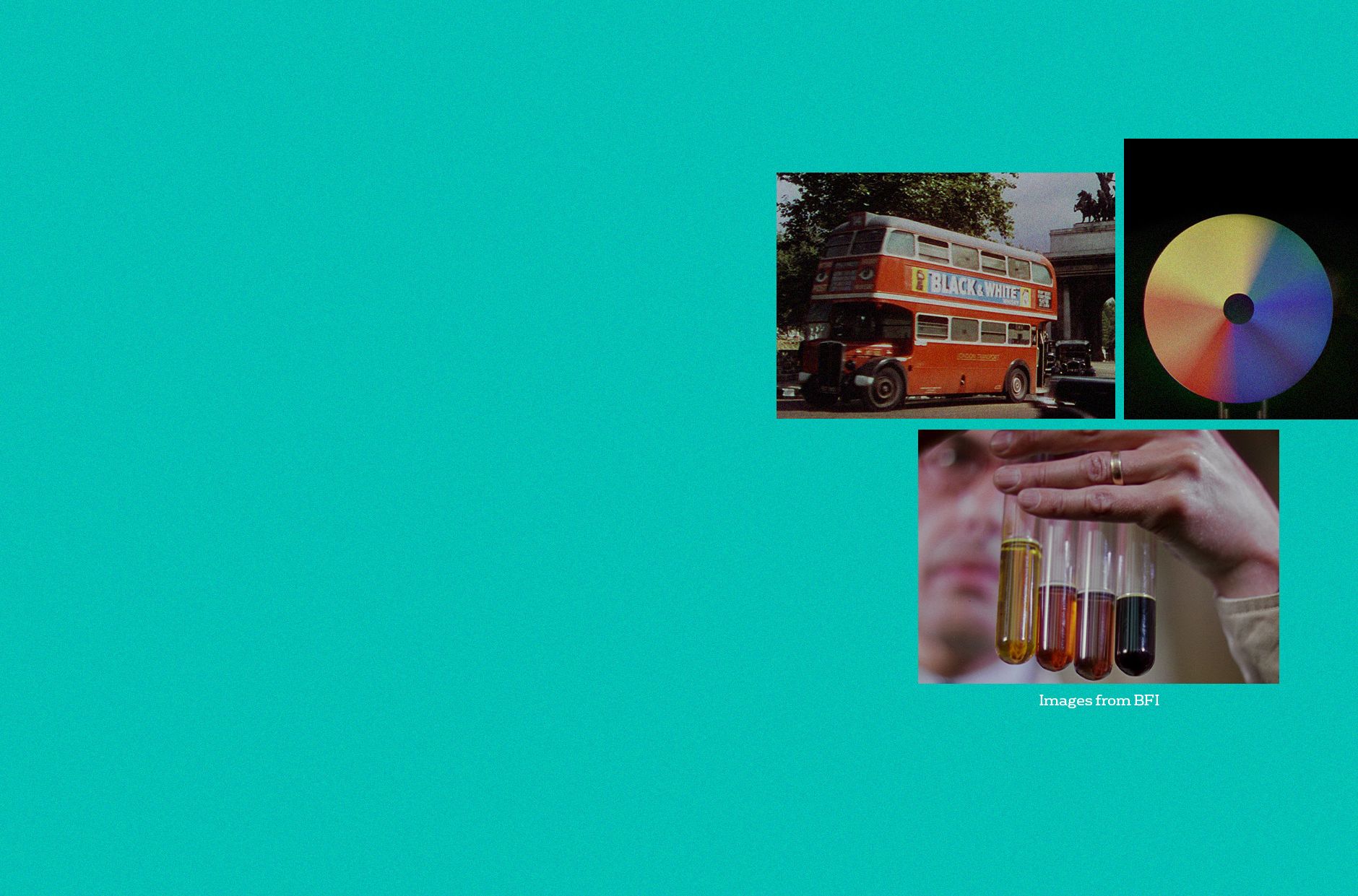
Colour film in Bristol
Professor Street and colleagues often give public introductions to films at Bristol’s Watershed Media Centre, with audience debates and discussions often following the screenings.
Some People is a relatively unknown colour film shot in Bristol in 1962. In 2018, Professor Street’s research team held an event and screening of the film at the Watershed. Many of the attendees remembered the film being shot, and one of the stars of the film, Anneke Wills, also joined the discussion. The co-director of Talking Pictures TV - Britain’s main broadcaster of classic films with 3.5 million viewers a week - attended the event and confirms that it caused them to broadcast Some People and air more British colour films on their channel. Following the event, Bristol’s M Shed featured a display on Some People in their Bristol Music exhibition, which attracted 34,000 visitors.

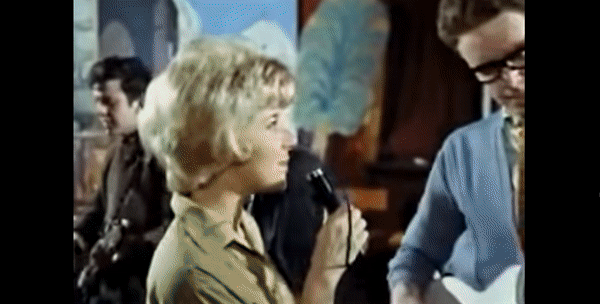
Some People (1962), Network
Some People (1962), Network
So how do you restore a colour film?
As the photochemical era gives way to digital technologies, past colour skills are in danger of being forgotten.
In her research, Professor Street has investigated the history of making colour films, from the application of colour by hand, stencil or applied tinting and toning methods from the silent era, to photochemical processes such as Technicolor and film stocks that enabled colour to dominate sound cinema.
Together with her research team, she conducted 32 unique interviews on knowledge and understanding of colour skills, to ensure they are safeguarded for posterity. The interviews have been published by the BFI and online by the British Entertainment History Project, where they have been viewed over 21,940 times.
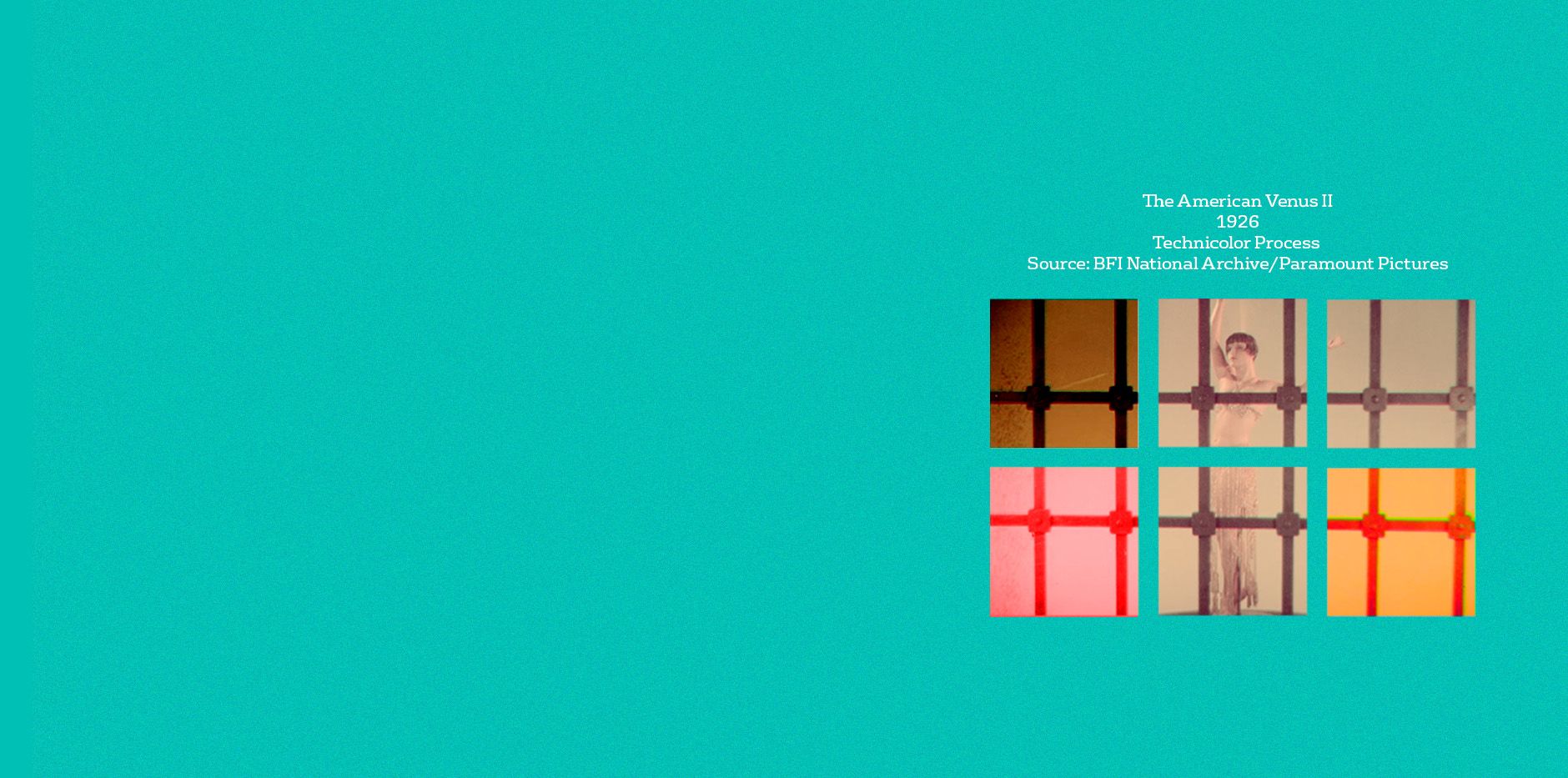
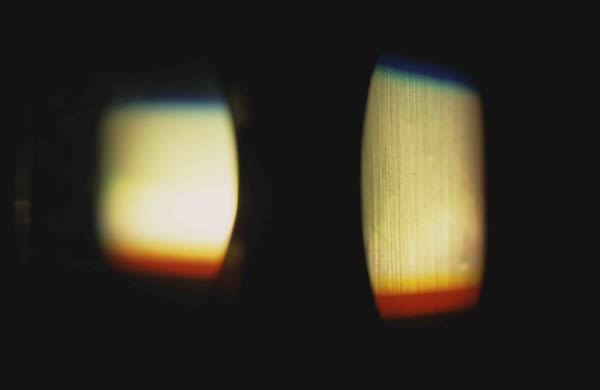
Doorway for Natalie Kalmus. Image credit: iamanagram
Doorway for Natalie Kalmus. Image credit: iamanagram
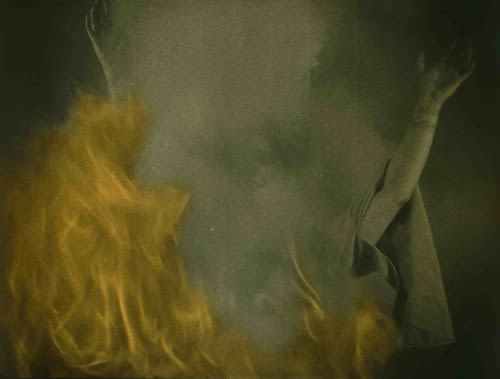
Joan the Woman – With Voice. Image credit: iamanagram
Joan the Woman – With Voice. Image credit: iamanagram
Inspiring new artworks
For visual artist Aura Satz, Professor Street’s research has informed and inspired several of her installations, leading to her 2015 solo commission at the George Eastman Museum, New York: Eyelids Leaking Light. The installation featured her film Chromatic Aberration, which was first exhibited in 2014 at the Tyneside Cinema, Newcastle, accompanied by an “in conversation” event of Satz and Street.
“Sarah Street's book Colour Films in Britain had a crucial impact on my work, and directly fed into two artworks: Doorway for Natalie Kalmus and Joan the Woman – With Voice. […] there was a lack of publications on this theme, and I was particularly engaged with the history of women's involvement in early film technology.”
Sarah CJ Street is Professor of Film and Foundation Chair of Drama at the Department of Film and Television, Faculty of Arts.
Her research is funded by the Arts and Humanities Research Council and the Leverhulme.
Watch the Testament of Youth Introduction by Professor Sarah Street.

